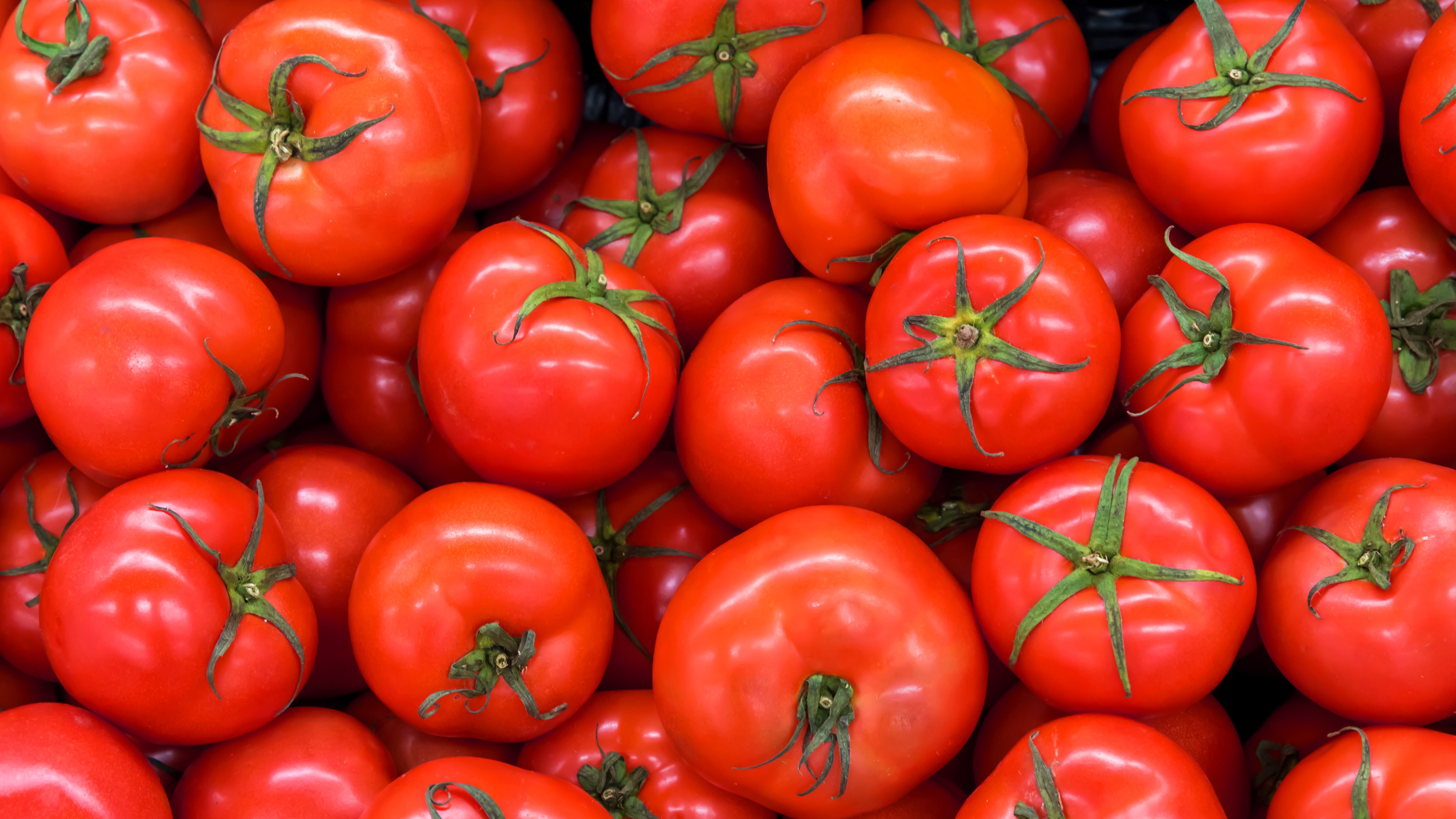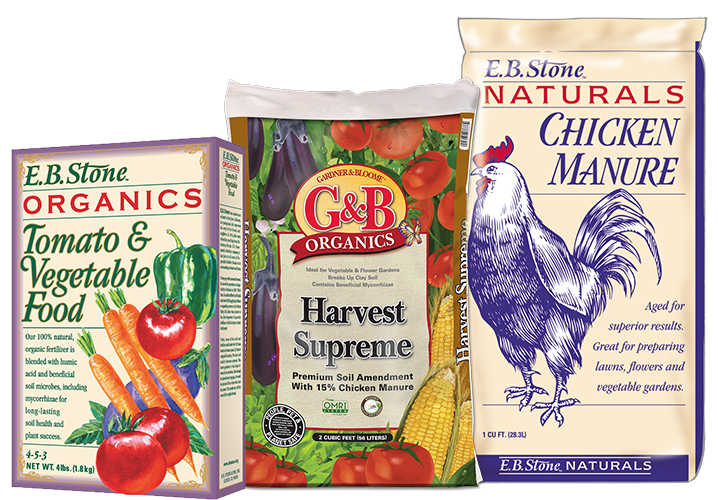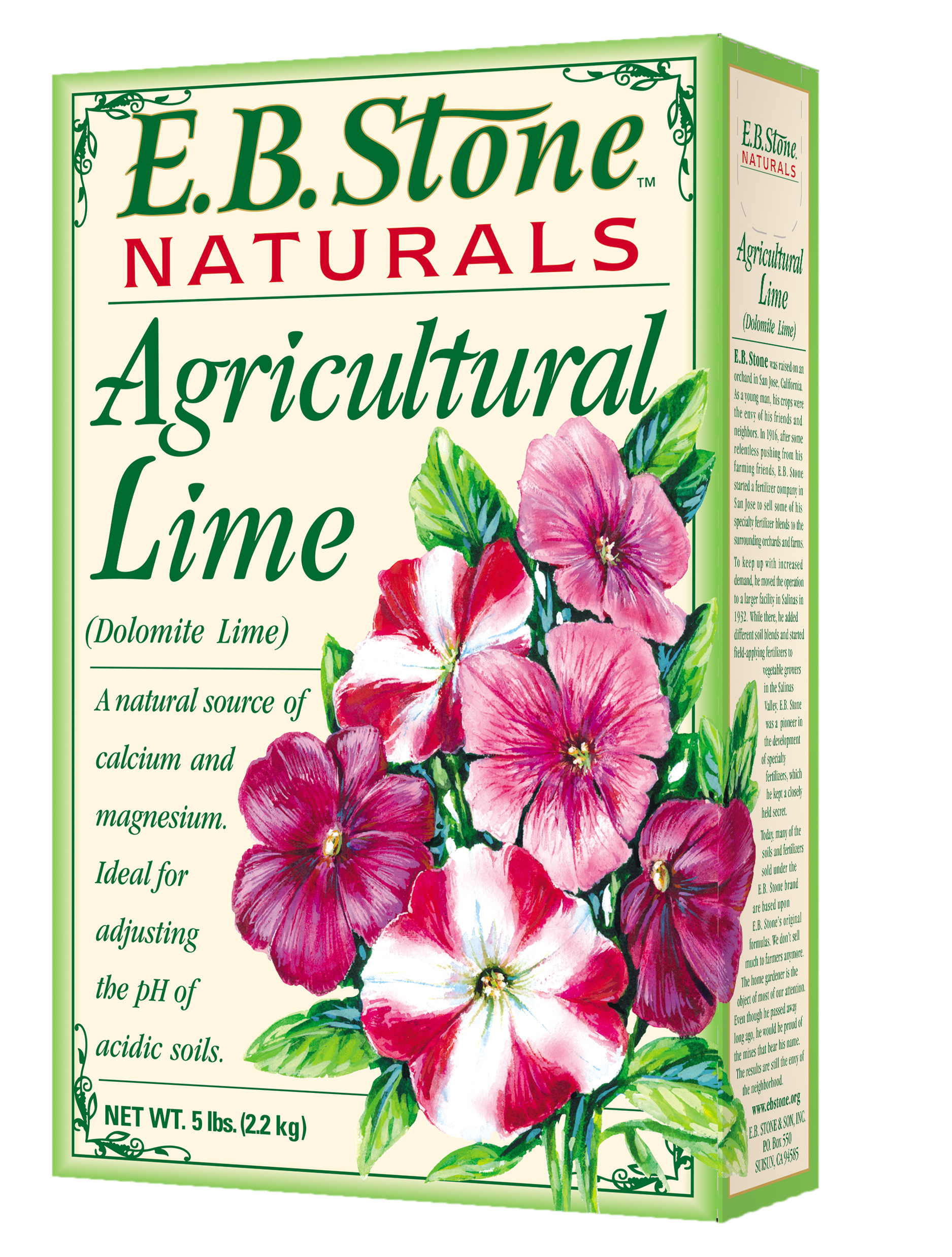
The 411 On Tomatoes
Whether you call them tuh-MAY-to or tuh-MAH-to, almost everyone has questions about how, where or what types to grow. We’ll start from the ground and work our way up.
General Planting information
Where to plant:
Tomatoes can be planted in the ground, raised beds or containers. Tomatoes do best outside in 8 hours or more of full sun, no less than 6. When they do not receive enough light, the plants will not yield very much fruit and diseases may occur. Give them adequate space for air flow between plants. Rotate tomato crops each year with beans, cucumbers, squash, pumpkins, or melons to avoid issues with disease.
When to plant:
After the chance of frost has passed and night temperatures remain above 55°F. If you plant earlier, provide frost protection using N-Sulate frost blanket.
Preparing the Soil:
Tomatoes do best in well-drained soil. Our recipe for preparing 100 sq. ft of garden soil for planting tomatoes is: 4 bags of Gardner and Bloome Harvest Supreme, 3 bags of EB Stone Chicken Manure and 4 lbs of EB Stone Organics Tomato & Vegetable Food. For containers, we recommend starting with new soil every season using EB Stone Recipe 420 Potting Soil and EB Stone Organics Tomato & Vegetable Food.

Planting:
Tomatoes can be planted deeper than other plants unless they are a grafted style of tomato. Trim off the lower leaves and shoots, keep the top 5-6” of the plant with leaves. The top of the soil should be at about 2 inches below the lowest leaf. Root will form on the stem, creating a more vigorous root system.
Fertilizing:
If the soil has been properly prepared prior to planting (see to the left), you likely won’t need to feed your tomato plants until flowering and fruiting are under way. Excess nitrogen can create gorgeous plants with little to no flowers and fruit. Once flowering and fruiting have started, use EB Stone Organic Tomato & Vegetable Food.
Watering:
Water deeply and maintain even soil moisture early on. Avoid overhead watering. Taper off on watering (number of days per week) as fruit begins to develop. Add a 3-4” layer of mulch to reduce fluctuations in soil moisture. Proper irrigation will keep your plants vigorous and help protect them from pests outbreaks, sunburn and fruit set or ripening issues.
Supporting and Pruning:
In order to keep tomato fruit off the ground, it is best to plant tomatoes in cages that are 3’-6’ tall. You can also stake or trellis tomato plants using 1.5”-2” wide by 6’ tall stakes for support. Be sure to tie plants to the stake.
Tomato Types
Determinate varieties of tomatoes, also called “bush” tomatoes are compact plants great for containers. Their fruit ripen at or near the same time (usually over 2 week period).
Indeterminate tomato varieties, also known as “vining” tomatoes, have a longer growth period and can produce fruit until frost time. They require staking and tying onto a structure or grown in a tall cage to keep the fruit off the ground.
Grafted tomato varieties have a specially selected root stock grafted to the upper portion of the tomato variety that will produce fruit. Grafted tomato benefits are vigorous root systems, disease resistance, increased water and nutrient uptake resulting in lush foliage and higher yields of fruit. Remember to always plant them so the graft line is above the soil.
Heirloom vs Hybrid varieties
A hybrid vegetable is created when plant breeders intentionally cross-pollinate two different varieties of plants, to produce an offspring, or hybrid, that contains the best traits of each of the parents. An heirloom is typically at least 50 years old, and are often pre-WWII varieties. Most heirlooms come from seed that has been handed down for generations in a particular region or area. All heirloom vegetables are open-pollinated, which means they’re pollinated by insects or wind without human intervention. We advise growing both types to ensure a reliable, flavorful harvest that offers a lot of variety and, truly, the best of both worlds.
Common tomato pests and how to manage them:
 Blossom End Rot
Blossom End Rot
Plants with blossom end rot show small, light brown spots at the blossom end of immature fruit. The affected area gradually expands into a sunken, leathery, brown or black lesion as the fruit ripens. Blossom end rot is caused by a low level of calcium in the fruit and/or inconsistent watering. To reduce or prevent blossom end rot, monitor soil moisture to make sure that the root zone neither dries out nor remains saturated. Fertilize using EB Stone Naturals Agricultural Lime at the recommended rates and/or spray plants with Bonide Tomato & Blossom Set Spray.
Tomato Fruit Cracking or Splitting
Cracking and splitting occur when there are rapid changes in the soil moisture which causes the fruit to expand more quickly than the tomato skin can grow. Fruit exposed to the sun may also develop cracks. To prevent this, maintain a uniform water supply through the use of irrigation and mulches, careful not to overwater. A full leaf canopy will also help protect fruit from the sun and reduce cracking.
Tomato Hornworm
Tomato hornworms are highly destructive green caterpillars. They can be difficult to spot as they are the same shade as tomato leaves, with white diagonal stripes on their sides and a fleshy pointed tip. Be on the watch out for mysteriously missing leaves and trails of pebbly, dark green excrement. Gather hornworms by hand and dispose of them. Hornworms cannot bite or sting. In severe cases, application of Captain Jack’s Organic Dead Bug Brew or Monterey’s B.t. will quickly bring hornworms under control. If you encounter a tomato hornworm with elongated white cocoons attached to its body, these are evidence of braconid wasps tiny beneficial insects that lay their eggs on hornworms. The larvae that hatch from the wasp eggs laid on the hornworm feed on the inside of the hornworm.

Fusarium and Verticillium Wilt
These diseases will cause the lower leaves of the tomato to turn yellow then brown. These leaves will eventually die, often falling off early in the season. In mild cases, it only causes some lower leaf loss. Bad cases can kill the entire plant by mid-summer. To help avoid outbreaks, rotate the crops, choose disease-resistant varieties (look for varieties labeled VFN or VFNT), plant tomatoes in well-drained soil, keep even soil moisture. Remove and destroy affected plants at the end of the season. If you are unsure whether or not you have one of these wilts, bring in a bagged sample of your plants for us to inspect.



